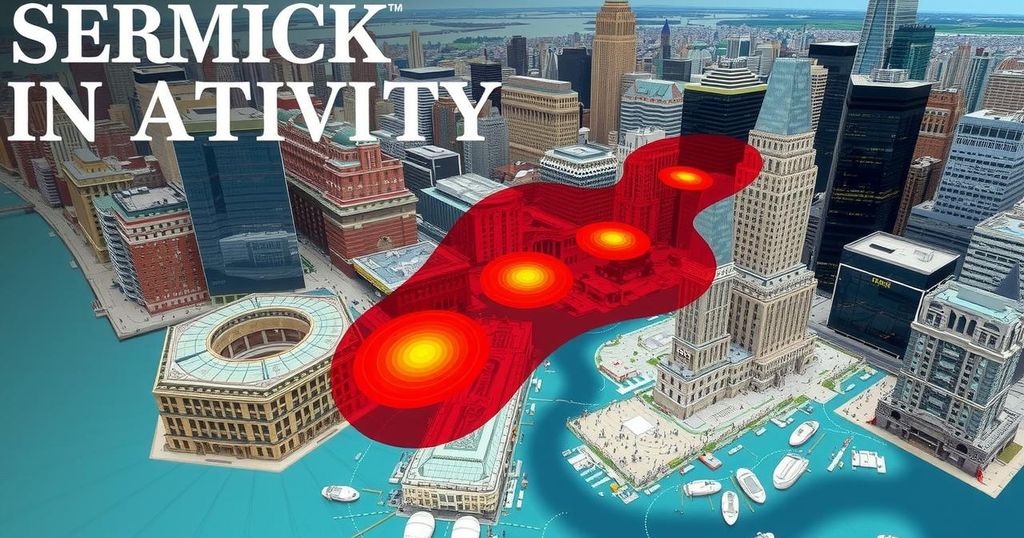A magnitude 4.8 earthquake in New Jersey’s Tewksbury Township last April caused significant shaking across the NYC region. Researchers discovered the quake’s unusual impact was due to the fault line’s geometry, which redirected seismic energy, causing widespread disturbances. Ongoing studies aim to assess future risks associated with this previously unmapped fault line.
Last April, a magnitude 4.8 earthquake struck Tewksbury Township in northern New Jersey, marking the most significant seismic event in the New York City metropolitan area since 1884. This earthquake generated surprisingly vigorous shock waves, inflicting damage on over 150 structures within New York City and causing tremors that resonated as far afield as Maine and Virginia. Researchers, including Columbia University seismologist Won-Young Kim, have investigated the anomaly and propose that the earthquake’s intense impact can be attributed to the unique geological characteristics of the underlying fault line. Instead of the typical vertical trajectory, the quake’s energy traveled downward initially and rebounded off a denser rock layer near the Earth’s mantle, subsequently emanating outward and impacting a broader area than anticipated. The research team now focuses on more comprehensive mapping of the fault line to assess potential future seismic risks.
The NYC metropolitan area is traditionally not considered a high-risk zone for significant earthquakes, unlike regions situated along major fault lines such as California. The occurrence of this major earthquake has sparked concern and heightened awareness regarding seismic risks in the area. Understanding the geological factors that led to such unusual seismic behavior is crucial for scientists and emergency planners. The importance of comprehensive studies on previously unmapped fault lines is underscored by the potential implications for the safety and infrastructure of densely populated urban areas.
In summary, the Tewksbury Township earthquake served as a stark reminder of the unexpected nature of seismic activity in regions not typically associated with such events. The findings regarding the fault line’s geometry elucidate why this earthquake had an intensified impact, with implications that warrant further investigation. As researchers continue to map and understand these hidden geological risks, the potential for future seismic events in urban areas like New York City must be taken seriously into account for preparedness and response planning.
Original Source: magazine.columbia.edu






